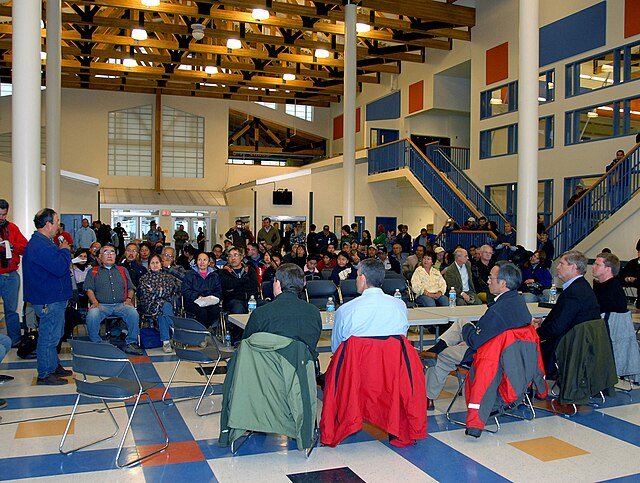By Gina Hill | Alaska Headline Living | November 2025
As early-morning darkness gives way to earlier daylight this Sunday, Americans across most of the country will once again shift their clocks back one hour — entering standard time after the long stretch of summer’s “extra-evening-light” schedule. For 2025, the end of Daylight Saving Time (DST) comes at 2:00 a.m. local time on Sunday, November 2, when clocks move back from 2:00 a.m. to 1:00 a.m. in participating regions.
✅ Verified History of Daylight Saving Time in the United States
While many Americans believe DST began as a courtesy to farmers, the opposite is true — farmers fought against it. The real story stretches from wartime necessity to federal standardization and modern-day controversy.
Early Concepts
The idea of shifting clocks to match daylight isn’t new. Benjamin Franklin mentioned it jokingly in a 1784 satirical essay, and British builder William Willett revived the idea in the 1890s after lamenting how many people slept through early-morning sunlight. But the concept didn’t become policy until wartime.
1918: First U.S. Implementation
During World War I, Congress passed the Standard Time Act of 1918, introducing Daylight Saving Time as a fuel-conservation measure. The idea: more evening sunlight meant less artificial lighting needed.
1919: Public Backlash and Repeal
DST was widely unpopular — especially among farmers, who operated by sunlight, not by the clock. Congress repealed DST in 1919 over President Woodrow Wilson’s veto.
1942: Return of DST as “War Time”
With World War II underway, the U.S. reinstated year-round DST, officially called War Time, again for energy savings. After the war, states and cities were allowed to choose whether to use DST. The result was chaos — neighboring communities often kept different clocks.
1966: The Uniform Time Act
The Uniform Time Act of 1966 standardized DST nationwide, creating uniform start and end dates while still allowing states to opt out entirely. This put an end to decades of patchwork observance.
1974: The Brief Experiment With Permanent DST
Amid the 1973 energy crisis, Congress implemented temporary year-round DST in 1974. It was quickly reversed due to dangerously dark winter mornings and increased pre-dawn school accidents.
2007: Modern Schedule Established
The 2005 Energy Policy Act expanded DST beginning in 2007. Today, it runs:
- Second Sunday in March to
- First Sunday in November
More than a century after its first use, DST remains one of the nation’s most controversial time policies.
Why We Still Do It in 2025
Despite criticism, the U.S. still practices DST for several reasons:
- Institutional momentum: National broadcast schedules, transportation systems, and interstate commerce rely on synchronized timekeeping.
- Perceived benefits: Supporters cite more evening daylight for recreation and economic activity, though studies conflict.
- Legislative gridlock: States can opt out of DST, but cannot adopt permanent DST without congressional approval. Scores of states have passed resolutions urging federal action — but no national change has passed.
- Mixed scientific evidence: Health experts warn of sleep disruption and accident risks around the clock change, while energy studies show inconsistent results.
✅ What the Polls Say: Americans Are Over the Time Change
If there’s one thing Americans broadly agree on, it’s this: they’re tired of switching the clocks.
Clocks Changes Are Unpopular
- Gallup (Jan 2025): Only 40% support the current twice-a-year changes.
- AP-NORC (2025): Just 12% want to keep the system; 47% oppose it; 40% are neutral.
- Stetson University (Feb 2025): 75% support eliminating clock changes entirely.
But Americans Don’t Agree on What Comes Next
When choosing a replacement:
- Permanent Standard Time: 48%
- Permanent Daylight Saving Time: 24%
- Keep the status quo: 19%
Most Americans want one time year-round — they just don’t agree on which one.
Which States Don’t Observe Daylight Saving Time
Only two states remain on Standard Time year-round:
- Hawaii — Minimal seasonal daylight variation makes DST unnecessary.
- Arizona (except the Navajo Nation) — Later sunsets mean hotter evening temperatures and increased cooling costs.
Several U.S. territories — including Puerto Rico, Guam, American Samoa, the Northern Mariana Islands, and the U.S. Virgin Islands — also do not observe DST.
How Non-DST States Benefit
States that opt out report:
- More stable sleep cycles without biannual disruption
- Reduced cooling-energy use in hot climates
- Simpler scheduling for year-round activities
- High public approval, especially in Arizona
While nationwide data is limited, the lived experiences of Hawaii, Arizona, and U.S. territories reflect consistency, comfort, and fewer seasonal disruptions.
Which Is Correct: “Daylight Saving Time” or “Daylight Savings Time”?
The accurate, legal, and technical name is:
✅ Daylight Saving Time
“Savings” is widely used in casual speech, but not correct in official use.




